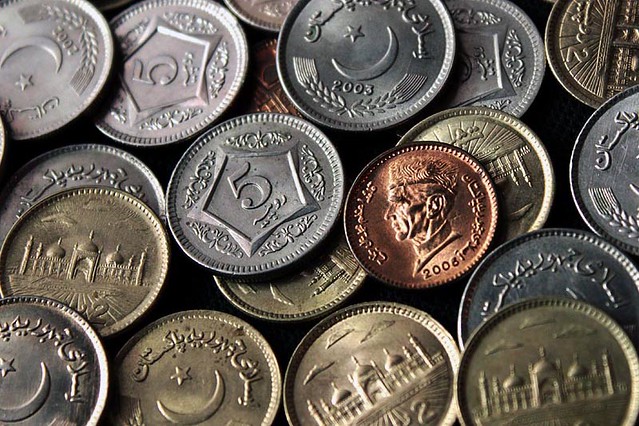• Total federal and provincial development expenditure to exceed Rs3.5 trillion
• Energy sector receives the largest share
• 59% decrease in funding for social sector
ISLAMABAD: The Annual Plan Coordination Committee (APCC) on Friday approved a National Development Plan (NAP) worth over Rs3 trillion for 2024-25, including the federal Public Sector Development Programme (PSDP) of Rs1.221 trillion, aimed at boosting economic growth to 3.6 percent from 2.38 percent in the outgoing FY24.
The PSDP of Rs1.221 trillion marks a nearly 30% increase from the current year’s allocation of Rs950 billion, which has been reduced to Rs717 billion due to fiscal constraints. Additionally, power companies will invest another Rs185 billion outside the PSDP, bringing federal development spending to Rs1.406 trillion.
Apart from the Power Division, the Rs2.869 trillion NAP also incorporates a modest Rs700 billion Annual Development Plan (ADP) for Punjab and a substantial Rs763 billion for Sindh, considering the overall revenue proceeds of both provinces.
Khyber Pakhtunkhwa has announced a separate Rs627 billion ADP, while Balochistan’s ADP was not addressed by the APCC. Consequently, total national development spending is estimated to exceed Rs3.5 trillion.
In a significant policy shift, the federal government has reduced its social sector allocation by slashing next year’s allocation to Rs83 billion, down 59% from Rs203 billion in FY24.
Similarly, the center has frozen development allocations for Azad Kashmir, Gilgit-Baltistan, and tribal merged districts at current year levels, redirecting federal investments to infrastructure by 60% to Rs877 billion and Science & Technology by 148% to Rs104 billion.
Out of the federal PSDP, the energy sector receives the largest allocation next year at Rs378 billion, up 212% from the original allocation of Rs121 billion. Additionally, the water sector is allocated Rs284 billion, a 92% increase from the current year’s Rs148 billion.
Contrarily, the transport and communication sector will receive only Rs173 billion next year, compared to Rs245 billion this year, marking a 29% decrease.
The major reduction will affect the social sector, with cumulative funding decreasing by 59% to Rs83 billion as the center transfers health and education-related responsibilities to the provinces.
Allocations for the health sector have been reduced by 35% to Rs17 billion, while education spending, including higher education, has been slashed by almost 62% to Rs32 billion from Rs83 billion in the current year.
On a positive note, funding for so-called Sustainable Development Goals (SDG) projects, often criticized for political schemes, has been eliminated for next year, compared to Rs61 billion in the current year. Governance allocation has been increased by 38% to Rs29 billion, while the agriculture sector is allocated Rs14 billion for next year, up from Rs9 billion this year.
The growth target for next year is set at 3.6%, supported by 2% growth in agriculture, 4.4% in the industrial sector, and 4.1% in services. The growth prospects depend on factors such as political stability, exchange rate stability, improvement in external accounts, macroeconomic stabilization under IMF’s program, and expected decline in global oil and commodity prices.
The agriculture sector’s growth for next year at 2% reflects a significant slowdown in momentum due to adverse weather conditions and inadequate water availability. The industrial sector is expected to rebound in 2023-24 with a targeted growth of 4.4%, while the services sector is projected to grow at 4.1%.
The investment-to-GDP ratio is expected to increase from 13.1% in 2023-24 to 14.2% in 2024-25 due to anticipated economic revival, improved business environment, and political stability. Fixed investment is expected to grow by 27.6% on a nominal basis, while as a percentage of GDP, it is expected to increase from 11.4% to 12.5%. National savings are targeted at 13.3% of GDP for 2024-25, up from 13% this year.
The government anticipates narrowing the fiscal deficit through fiscal consolidation measures, focusing on enhancing tax revenue and curbing non-development expenditures. Monetary policy will be aligned with objectives of inflation management and growth revival, with domestic average inflation expected to moderate to 12% next year.
The current account deficit is expected to widen in 2024-25 due to further easing of import restrictions to achieve growth objectives, especially in the industrial sector. Scheduled repayments of external debt will pressure forex reserves and the exchange rate, but positive outlook for remittances, exports, and external inflows is expected to mitigate these pressures.




